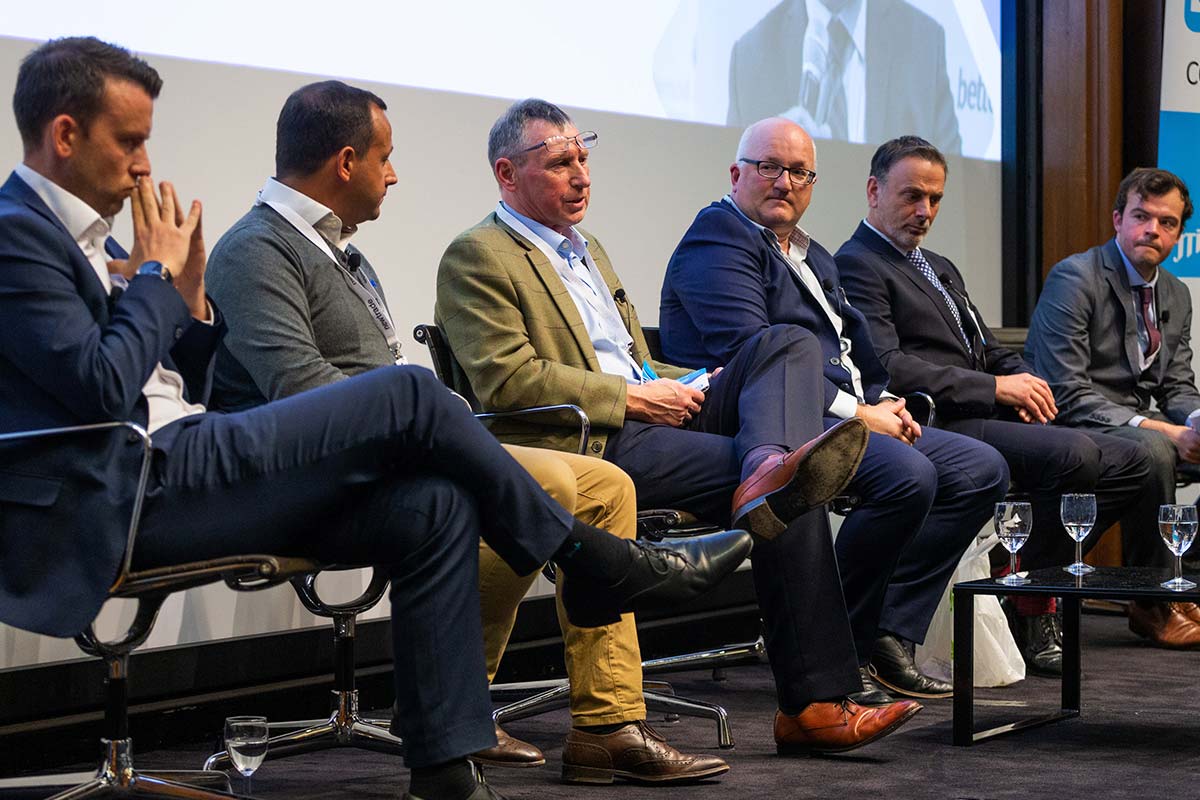The next generation
Local products, coffee and speaking to the next generation were identified as key things for retailers to integrate into their business to become a local destination.
“Gone are the days when simply being local was enough for a convenience store to thrive,” says Daryl Worthington, kicking off the session alongside Premier brand director Martyn Parkinson, NFRN’s head of operations Greg Deacon and three top Booker retailers, Steve Bassett, Dennis Williams and Goran Raven.
While 72% of retailers in the room had tried hot food and drink to drive footfall, with parcel and payment services, and local products close behind, photocopying and print and online ordering and delivery came bottom at 19% and 16% respectively.
Keep it simple
Food to go and, in particular, coffee commanded the conversation, with an emphasis on quality bean-to-cup options and keeping food choices going throughout the day. “We used to stop serving bacon at 11am, now we go through to the evening. We introduced smoked bacon alongside unsmoked, which increases overall sales,” says Bassett.
“Coffee has been our saviour,” agreed Williams. “I thought it would never work in our area, but when you get the right offering with food to go, it works. We’ve got an Aldi right on our doorstep and we’re seeing growth of 10% because of our food.”
Away from coffee, local products were a common way that the retailers on the panel increase their footfall and stand out. “Local products enable you to strike up conversations with your customers and the added benefit for many is that the carbon footprint is tiny,” says Raven. “The challenge is local suppliers can be terrible at advertising themselves, often you only find out about them from a sign in a driveway.”
“When it comes to local, beer, bakery and beef are the first things to get right,” said Parkinson.
Deacon, however, said that before any of these ideas can work to their full potential, you have to get your kerb appeal right. “That’s important digitally and physically. A quick win is decluttering shop windows, ask yourself: would you take a selfie at the front of your store?” he said. “From a digital perspective, less than 40% are on Facebook, less than 30% are on Twitter. It’s an extension of your business that is essential for reaching new customers.”
Investing in future success
“Meeting the sons and daughters of our retailers is always interesting,” says Williams. “If you speak to the parents, they’re talking about shelving or refits. Their children are asking ‘what does it matter?’ and talking about food to go, Tango Ice Blasts and coffee.”
“One retailer we work with uses social media polls to find out what his shoppers want next. Toasties was a suggestion that, to me, came out of nowhere, but there’s a toastie shop in the city that you cannot get into, which is aimed at the younger generation.”
“That’s a good idea,” Bassett chimes it. “Takeaway and convenience are meshing together. Boring old groceries are done, they’re finished. You need one conditioner, one washing up liquid etc.”
According to Bassett, you have to enjoy finding out about trends, but Williams had a suggestion that makes it easy. “Visit a convenience store on a campus. One of the stores we supply has six metres of gluten-free and free-from and it’s their biggest selling section.
“For many stores that wouldn’t be right, but in three years’ time they’ll head home and expect to find these products there, too. In another store, their biggest challenge a month ago was that students were about to boycott because the chillers didn’t have doors on and it wasn’t green. It’s really important to a certain age group.”






Comments
This article doesn't have any comments yet, be the first!